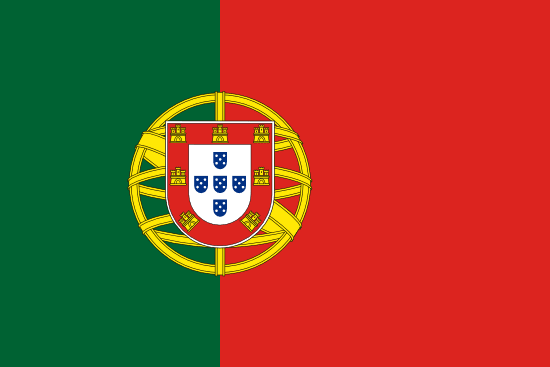"Évora, Cidade-Museu | Evora, Museum-City"
About:
Évora, a city in Portugal, traces its history back to Roman times, when it was known as Ebora. Its well-preserved old town, rich in monuments such as the Roman Temple and the Cathedral, reflects its historical significance. After the Romans, Visigoths, and Moors, it was incorporated into the Portuguese kingdom in 1165. It flourished as a center of learning in the 16th century. Today, Évora is a UNESCO World Heritage site and a significant tourist destination.
When to visit:
Evora, a charming city in Portugal, is a delightful destination to explore throughout the year. However, the best time to visit Evora is during the spring and autumn months when the weather is mild and pleasant. Spring, from March to May, brings blooming flowers and cultural festivals, while autumn, from September to November, offers cooler temperatures and harvest celebrations. These seasons provide ideal conditions for sightseeing, outdoor activities, and enjoying the local cuisine and wine.
When to avoid:
Evora, a charming city in Portugal, experiences its peak tourist season during the summer months of June to August. However, the worst time to travel to Evora on a holiday would be during the winter months of December to February. During this time, Evora can experience cold and rainy weather, with temperatures dropping significantly compared to the rest of the year. Many outdoor attractions and activities may be limited or closed during the winter season, making it a less ideal time to visit for holidaymakers seeking warm weather and vibrant cultural experiences.
Winter (Dec-Feb)
In Evora, Portugal, the coldest and wettest period is typically from November to February. Average temperatures range from 8°C to 15°C, with January being the coldest month. Rainfall is highest in November and December, averaging around 80mm. During this season, sunlight is limited to approximately 5-6 hours per day, and cloud cover is more prevalent, often resulting in overcast days. Despite the chill and rain, the city retains its charm, with fewer tourists and plenty of indoor attractions like museums and historical sites. An average day might involve exploring these sites, tasting local cuisine, and enjoying the city's tranquil atmosphere.
Summer (June-August)
In Evora, Portugal, the warmest part of the year typically spans from June to September, with July and August being the hottest months. During this time, the average high temperatures range from 30°C (86°F) to 35°C (95°F), while the average low temperatures are around 17°C (63°F) to 20°C (68°F).
Rainfall is minimal during these months, with July and August being the driest, receiving less than 10mm of rain. The region enjoys an average of 11 to 12 hours of sunlight per day, providing ample opportunities for outdoor activities.
Humidity is relatively low, typically around 40-50%, contributing to the dry, warm climate. As for cloudiness, clear or mostly clear conditions are prevalent, with a cloud cover of less than 20% on average.
A typical day for a visitor during this season would feel hot, especially in the afternoon, but the low humidity levels make the heat more bearable. The plentiful sunshine and clear skies provide excellent conditions for sightseeing and exploring the city's historical sites. The evenings are comfortably warm, perfect for enjoying outdoor dining or a leisurely walk.
Language:
In Evora, a city in Portugal, the most commonly spoken language is Portuguese. This Romance language is the official and dominant language throughout the country. Additionally, due to tourism and international students, English is also commonly understood and spoken in certain contexts.




